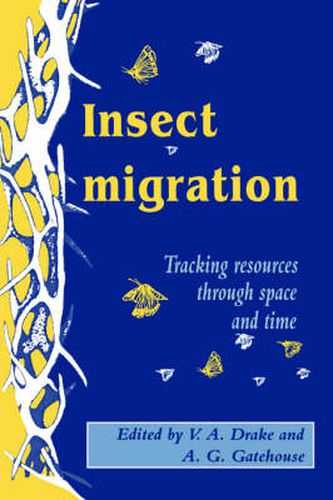Readings Newsletter
Become a Readings Member to make your shopping experience even easier.
Sign in or sign up for free!
You’re not far away from qualifying for FREE standard shipping within Australia
You’ve qualified for FREE standard shipping within Australia
The cart is loading…






Migration is a key process in the population dynamics of many insects, including some of the most damaging pests. Multidisciplinary research into the importance of migration, in recent decades, has produced many new insights. This book reviews current understanding of the ecological, behavioural, physiological and genetic bases of insect migration. The first part describes migration systems in Europe, Asia, Africa, Australia, and America, with an emphasis on the role of regional weather and climate. The second part considers insects adaptation to migration; it covers: aerodynamics and energetics; the integration of migration in insect life cycles; environmental and genetic regulation of migratory potential; and the evolutionary implications of habitat heterogeneity and variability. The book then addresses the application of this knowledge to operational pest forecasting.
$9.00 standard shipping within Australia
FREE standard shipping within Australia for orders over $100.00
Express & International shipping calculated at checkout
Migration is a key process in the population dynamics of many insects, including some of the most damaging pests. Multidisciplinary research into the importance of migration, in recent decades, has produced many new insights. This book reviews current understanding of the ecological, behavioural, physiological and genetic bases of insect migration. The first part describes migration systems in Europe, Asia, Africa, Australia, and America, with an emphasis on the role of regional weather and climate. The second part considers insects adaptation to migration; it covers: aerodynamics and energetics; the integration of migration in insect life cycles; environmental and genetic regulation of migratory potential; and the evolutionary implications of habitat heterogeneity and variability. The book then addresses the application of this knowledge to operational pest forecasting.